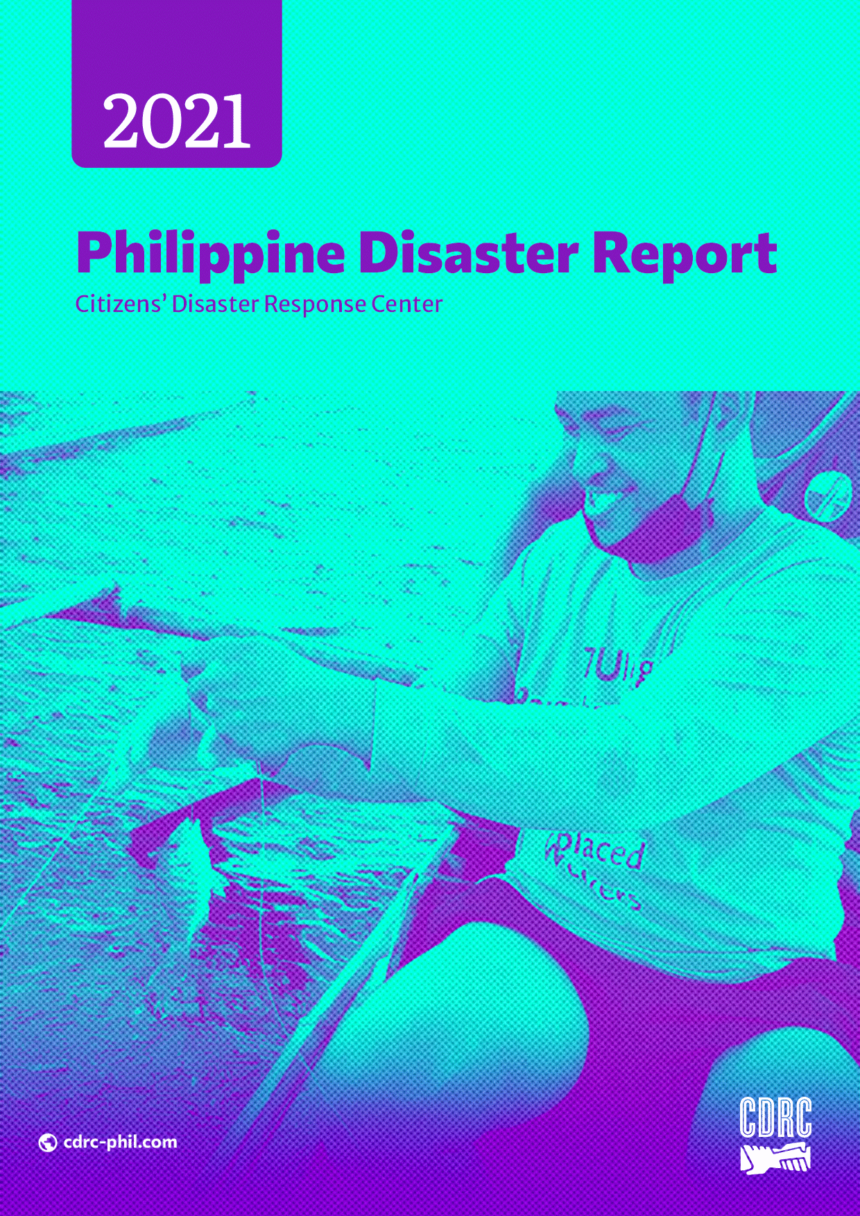In 2021, the Philippines experienced 80 disastrous events related to natural, 392 human-induced, and 548 both natural and disasters from human-induced hazards. Overall, these claimed the lives of 75,216 across the country, affected more than 20.5 million people, displaced over 5 million persons, and recorded approximately Php60.6 billion in economic losses.
Disasters from natural causes caused the most severe impact, accounting for 99% of the total number of fatalities, 82% of the total number of people affected, 50% of the total population displaced, and 98% of the recorded damage to agriculture, infrastructure, and private properties. Of these fatalities, COVID-19 accounted for 98% or a total of 74,008 deaths.
On a global scale, the Philippines ranked among the ten countries most severely impacted by natural events in 2021. Typhoon Odette (I.N. Rai), which struck the country in December, ranked fourth in top ten disasters from natural causes mortality in 2021 and fourth in terms of the number of people affected in the world. The Philippines also had one of the highest numbers of internal displacements due to disasters from natural causes in 2021, with Typhoon Odette resulting in the largest number of disaster displacements of the year worldwide.
The Philippines’ susceptibility to disasters is a combination of several factors. Its geographical and physical characteristics, the continuing environmental destruction, and worsening impacts of climate change make it perennially vulnerable to disaster events. The country’s chronic socio-economic crisis and political situation exacerbate these vulnerabilities. The Filipino people have been reeling from low incomes, lack of education, insufficient nutrition and poor health, poor housing, lack of clean water, sanitation and electricity, lack of assets, and even violence even before the COVID-19 pandemic hit the nation in 2019.
Download full report here: 2021-Philippine-Disaster-Situation.pdf (477 downloads )

